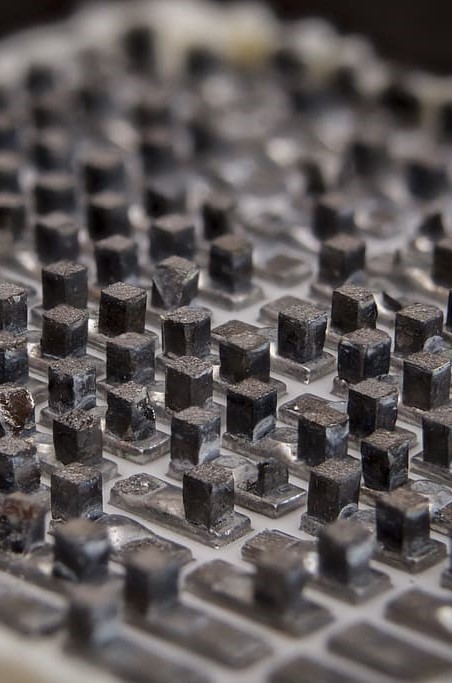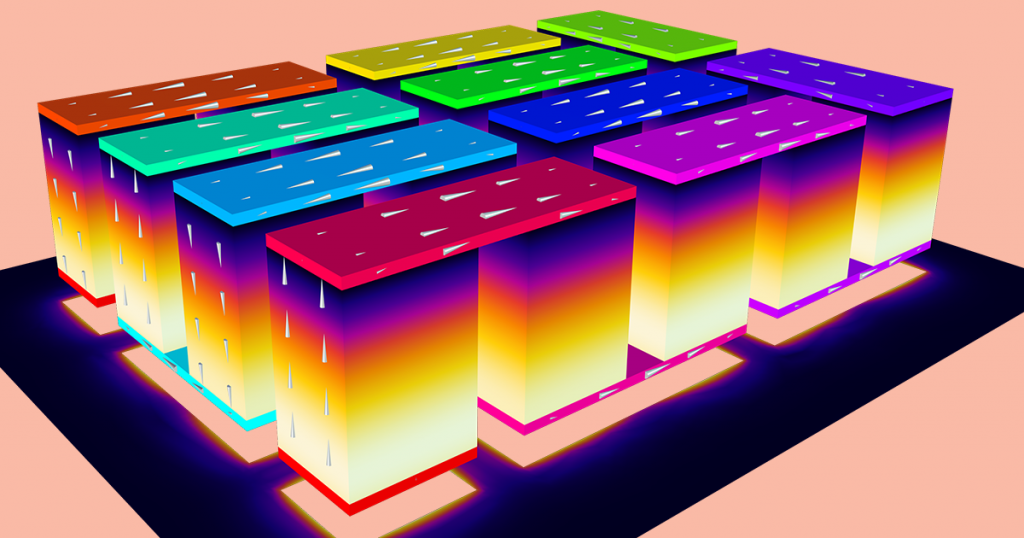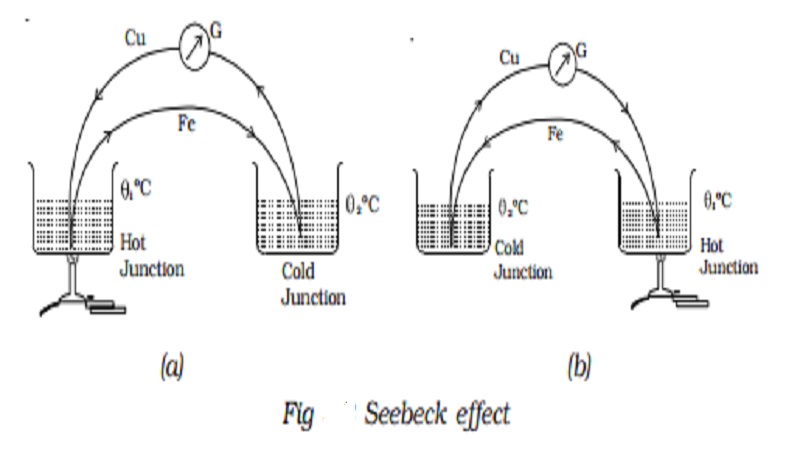
Thermoelectric Energy Harvesting

Finding alternative power sources is a terrific method to help develop sustainable energy at a time when people are using the Earth’s resources at the quickest rate ever. An eco-friendly method of obtaining natural energy is energy harvesting, which is a form of sustainable energy. Energy harvesting has a number of advantages and has established itself as an effective remedy for the world’s resources that are running out quickly. Thermoelectric Energy Harvesting is one of reliable method. Also capturing solar energy and harvesting wave energy are reliable methods.
Energy harvesting is a technique for producing electricity from naturally occurring, underutilized energy sources. It is also known as power harvesting or energy scavenging. Radio waves, solar energy, kinetic energy, salinity gradients, and temperature gradients are a few examples of potential energy sources that could be harnessed and transformed into electrical energy. In many low power applications, energy harvesting techniques offer an excellent battery-free replacement.
Energy collecting can only produce very little power. This restricts its application to low-energy gadgets like:
- Wireless sensor networks
- Long term low power sensors
- Wearable electronics / fashion technology
- Low power applications that generally extend beyond the capabilities of a typical battery.
Fuel sources for energy harvesting systems are easily accessible and free to acquire. Temperature gradients, for example, are produced during combustion engine operation, and electromagnetic energy is produced during television and radio broadcasts. Both may be “scavenged” in order to generate energy.
Energy Harvesting Then and Now
Humans have long sought ways to capture energy, and have employed wheels as a means of doing so since early Roman times. Water wheels have traditionally been used to generate kinetic energy. Streams were dammed to capture this energy and benefit from their flowing waters. It was subsequently turned into mechanical power, which was utilized to power machines and turn mill grinding stones.
Today, heat is gathered by using enormous wheels known as heat recovery wheels. In terms of size and spinning speed, they are fairly identical to their predecessor. The hunt for novel energy collecting devices continues in an effort to discover a way to power mobile devices and sensor networks without using batteries
Temperature Gradients

To collect energy from temperature gradients, two technologies are used: pyroelectrics and thermoelectric (also referred to as peltiers.) Because pyroelectrics requires variable temperature input, its usefulness is restricted. Thermoelectric use a temperature gradient to convert heat to electricity. Thermoelectric are highly stable and can operate continuously for hundreds of thousands of hours. However, thermoelectric are only approximately 10% as efficient as photovoltaics.
Thermoelectric Energy and Energy Harvesting
Temperature variations may be seen in both natural and man-made situations. These variations can be exploited to generate thermoelectric energy. It’s thrilling that power may be generated from otherwise wasted heat. Thermal energy in a fluid stream might be converted into electricity using thermoelectric harvesting equipment. Coal and nuclear power plant runoff would be possible sources. Waste heat from solar thermal and geothermal facilities might be collected as well. Common home appliance exhaust streams might be used. The options are limitless.
“The development of robust, commercially feasible thermoelectric power harvesting devices will minimize the consumption of fossil fuels by boosting the overall efficiency of power producing and power consuming systems,” according to the United States Environmental Protection Agency. “This in turn, would give a realistic solution to the problem that the majority of present resources utilized to generate electrical power are unsustainable.
Seebeck Effect

The direct conversion of temperature differences into electric voltage is known as the thermoelectric effect (TE). Thomas Johann Seebeck is credited with discovering it about 200 years ago. When different temperatures are put side by side in a thermoelectric device, voltage is created. When voltage is applied, a temperature differential happens in the same way. The Seebeck coefficient refers to a material’s or device’s capacity to create voltage per unit of temperature as a result of his discovery.
Jean Charles Athanase Peltier discovered in 1834 that passing an electric current via the junction of two distinct conductors caused heating or cooling. The direction of the flow controlled whether the temperature increased or decreased. The heat created or absorbed is proportional to the electrical current, and the constant of proportionality is known as the Peltier coefficient.
Because of these two men’s findings, thermoelectric materials are used to make heaters, coolers, and generators (TEGs).
Ideal thermoelectric materials will have:
- Low thermal conductivity
- A high Seebeck coefficient
- High electrical conductivity
Accumulating and Storing Harvested Energy
Current applications are constrained by their size and power requirements. They are also constrained by the requirement to use battery power. To circumvent these constraints, smart sensors must be able to capture, amass, and store scavenged energy, allowing them to run forever.
Energy is typically stored in batteries, capacitors, or super capacitors. A capacitor is utilized in applications that demand large energy surges. A battery is used when a constant supply of energy is required.
The Future of Energy Harvesting
Energy harvesting and the ability it provides to utilize components constantly, off grid, and for extended periods of time has sparked considerable interest in both commercial and military applications. Future applications might include high-powered output device designs for usage in distant regions. Furthermore, the wearable electronics sector seeks to develop harvesting devices that may recharge or power radio communications equipment, smartphones, mobile computers, and other devices.
The capacity to capture energy from temperature changes between night and day might be utilized to power outdoor applications one day. One of the problems in applications like these is designing a device that can resist long-term exposure to severe environments.
Thermoelectric energy is intriguing and has enormous promise for both large and small-scale future uses. Heat sources abound, and thermoelectric generators (TEGs) can easily scavenge them for use in various applications. II-VI has pioneered the use of thermal energy harvesting products to power wireless sensors and other micro devices, obviating the requirement for battery-powered alternatives. II-EverGen VI’s series provides a low-cost, zero-maintenance solution for wireless sensor technologies. Thermoelectric Energy Harvesting
Finding alternative power sources is a terrific method to help develop sustainable energy at a time when people are using the Earth’s resources at the quickest rate ever. An eco-friendly method of obtaining natural energy is energy harvesting, which is a form of sustainable energy. Energy harvesting has a number of advantages and has established…
